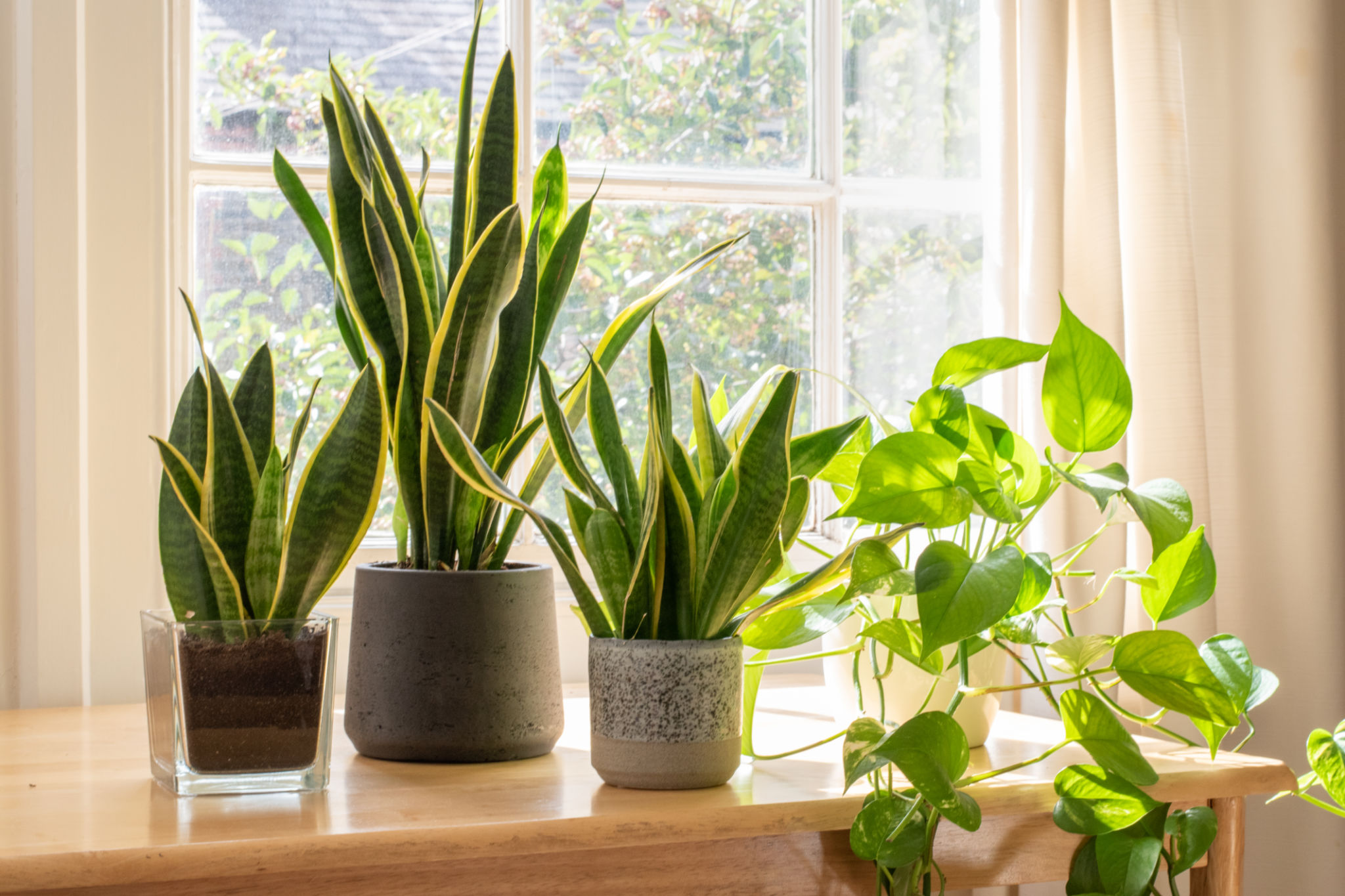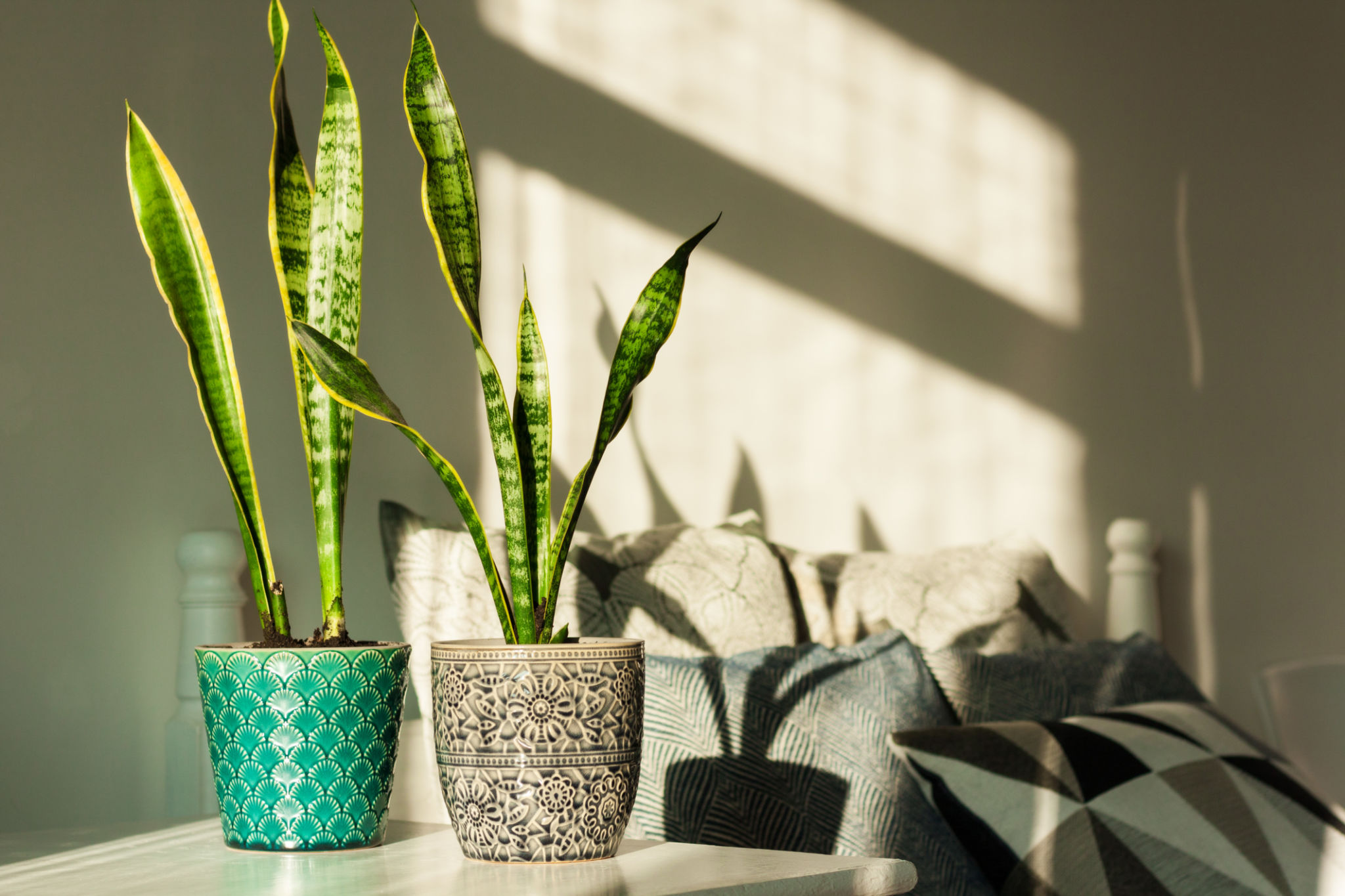Expert Advice: Choosing the Right Air-Purifying Plants for Your Space
Understanding Air-Purifying Plants
Air-purifying plants are not just aesthetically pleasing; they also offer numerous health benefits by improving indoor air quality. These plants can remove toxins, increase humidity, and even boost your mood. Choosing the right air-purifying plants for your space involves understanding which plants are most effective and suitable for the environment in your home or office.

The Benefits of Air-Purifying Plants
By incorporating air-purifying plants into your living space, you can enjoy a range of benefits. These plants help filter out pollutants such as benzene, formaldehyde, and trichloroethylene, which are commonly found in household products and furnishings. Additionally, they can increase oxygen levels and humidity, creating a healthier atmosphere.
Moreover, having greenery around can improve mental health by reducing stress and enhancing concentration. This makes them particularly beneficial in workspaces or study areas. With regular care, these plants can thrive, contributing to a more serene and productive environment.
Top Air-Purifying Plants to Consider
When choosing air-purifying plants, it's essential to consider your space's lighting and environmental conditions. Here are some top choices:
- Snake Plant: Known for its ability to absorb toxins and release oxygen at night, making it ideal for bedrooms.
- Spider Plant: Effective in removing pollutants like formaldehyde and easy to care for, making it perfect for beginners.
- Peace Lily: Not only does it purify the air, but it also adds elegance with its beautiful white flowers.

Matching Plants to Your Environment
Selecting the right plant involves more than just aesthetics; it's about finding a match for your environmental conditions. Consider factors such as light levels, humidity, and temperature when making your choice. For example, low-light areas are well-suited for plants like the Snake Plant and ZZ Plant.
If your space tends to be dry, opt for plants that thrive in low humidity, such as succulents or cacti. Conversely, if you have a naturally humid environment, ferns and peace lilies can flourish beautifully.
Caring for Your Air-Purifying Plants
Proper care is crucial to ensure that your air-purifying plants remain healthy and effective. Here are some general care tips:
- Watering: Different plants have varying water needs. Ensure you understand the specific requirements of each plant.
- Light: Position your plants according to their light requirements. Some thrive in bright light, while others prefer shade.
- Pruning: Regularly remove dead leaves and branches to encourage growth and maintain plant health.

Creating a Harmonious Plant Arrangement
An aesthetically pleasing plant arrangement not only enhances the beauty of your space but also optimizes the air-purifying benefits. Consider grouping plants with similar care needs together for easier maintenance. Mixing different sizes and types of plants can create a dynamic and visually appealing display.
Don't hesitate to experiment with plant placement until you find a setup that suits both your style and the functional needs of your space.
The Impact of Air-Purifying Plants on Well-being
Incorporating air-purifying plants into your environment can significantly impact your well-being. The improved air quality can lead to better sleep, reduced allergies, and a healthier respiratory system. Additionally, the presence of greenery is known to promote relaxation and reduce anxiety levels.
By thoughtfully selecting and arranging air-purifying plants, you not only enhance your space aesthetically but also contribute positively to your overall health and lifestyle.